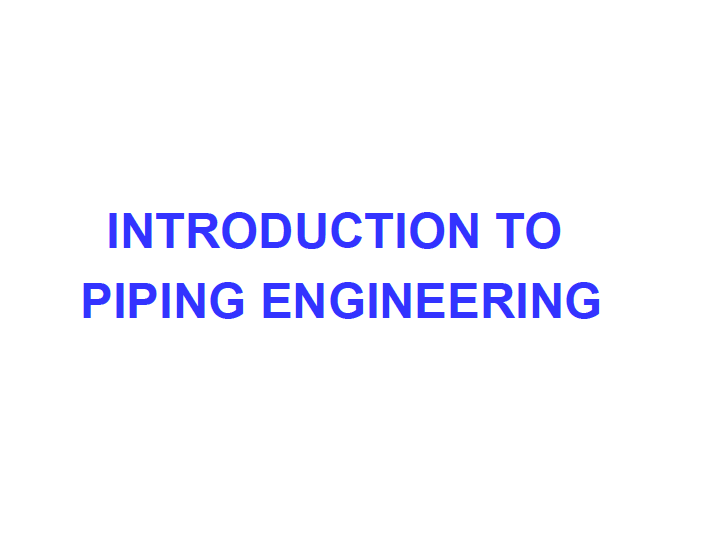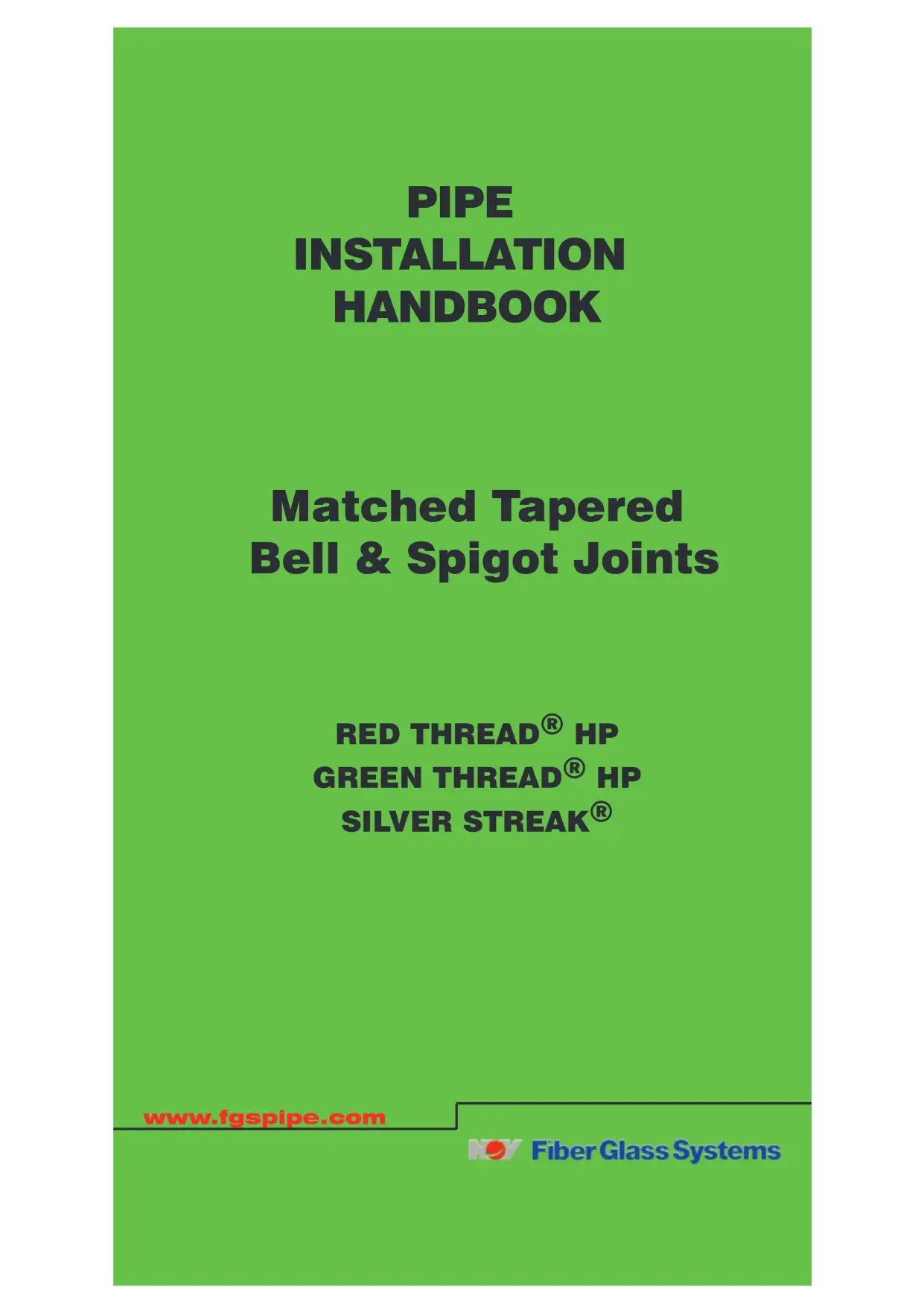Optimizing System Design and Performance with OpenFlows Hydraulic and Hydrologic Solutions
Optimizing System Design and Performance with OpenFlows Hydraulic and Hydrologic Solutions
Source: https://www.bentley.com/
Author: Joel Johnson
Usually dispatched in 2 to 3 days
Usually dispatched in 2 to 3 days
Category:
Hydraulic , Piping & Fittings
Only logged in customers who have purchased this product may leave a review.
Related products
Flow Measurement in Pipes and Ducts
This course is about measurement of the flow rate of a fluid flowing under pressure in a closed conduit. The closed conduit is often circular, but also may be square or rectangular (such as a heating duct) or any other shape. The other major category of flow is open channel flow, which is the flow of a liquid with a free surface open to atmospheric pressure. Measurement of the flow rate of a fluid flowing under pressure, is carried out for a variety of purposes, such as billing for water supply to homes or businesses or, for monitoring or process control of a wide variety of industrial processes that involve flowing fluids. Several categories of pipe flow measurement devices will be described and discussed, including some associated calculations.
Flow Measurement in Pipes and Ducts
This course is about measurement of the flow rate of a fluid flowing under pressure in a closed conduit. The closed conduit is often circular, but also may be square or rectangular (such as a heating duct) or any other shape. The other major category of flow is open channel flow, which is the flow of a liquid with a free surface open to atmospheric pressure. Measurement of the flow rate of a fluid flowing under pressure, is carried out for a variety of purposes, such as billing for water supply to homes or businesses or, for monitoring or process control of a wide variety of industrial processes that involve flowing fluids. Several categories of pipe flow measurement devices will be described and discussed, including some associated calculations.
Hydraulic Study For The New Cairo Raw Water Pipeline
phase is expected to be completed by the end of 2011. The system consists of one raw water intake pump station (IPS), three booster pump stations (BPS 2, 3, and 4), and multiple parallel 2200-millimeter (mm) and 2600-mm diameter pipelines that run approximately 30 kilometers (km) from the Nile River to the newly constructed New Cairo Potable Water Treatment Plant (WTP). Construction will be completed in eight pump installation phases, with design flows ranging from 6 cubic meters per second (m3/sec) at Phase 1 to an ultimate flow of 48 m3 Because the pumping capacity required for Phases 5-8 is to be supplied by a parallel system of pump stations and pipelines that mirror Phases 1-4 (with identical hydraulics and capacities), the following report is based on analysis of Phases 1-4 only. The ultimate flow rate for Phase 4 is 24 m /sec at Phase 8.
Hydraulic Study For The New Cairo Raw Water Pipeline
phase is expected to be completed by the end of 2011. The system consists of one raw water intake pump station (IPS), three booster pump stations (BPS 2, 3, and 4), and multiple parallel 2200-millimeter (mm) and 2600-mm diameter pipelines that run approximately 30 kilometers (km) from the Nile River to the newly constructed New Cairo Potable Water Treatment Plant (WTP). Construction will be completed in eight pump installation phases, with design flows ranging from 6 cubic meters per second (m3/sec) at Phase 1 to an ultimate flow of 48 m3 Because the pumping capacity required for Phases 5-8 is to be supplied by a parallel system of pump stations and pipelines that mirror Phases 1-4 (with identical hydraulics and capacities), the following report is based on analysis of Phases 1-4 only. The ultimate flow rate for Phase 4 is 24 m /sec at Phase 8.
Considerations in the Hydraulic Design of Pipelines
The report summarises the findings of pipe reviews which were conducted during the research project
and highlights the following actions which should be considered during the hydraulic design of
pipelines :
• Review and incorporate available recorded hydraulic performance data of pipelines in the region in the design of new infrastructure;
• Include the secondary energy loss associated with the dimensional details of the couplings in the calculation of the energy loss in the pipeline;
• Use the proposed BRM (biofilm resistance model) to calculate a representative roughness for biofouled pipelines;
• Implement the proposed procedure to determine the remaining useful life of pipelines to be able to prioritize the upgrading or replacement of system components; and
• Provide monitoring points for the initial, continuous or intermittent hydraulic assessment of the pipeline.
Considerations in the Hydraulic Design of Pipelines
The report summarises the findings of pipe reviews which were conducted during the research project
and highlights the following actions which should be considered during the hydraulic design of
pipelines :
• Review and incorporate available recorded hydraulic performance data of pipelines in the region in the design of new infrastructure;
• Include the secondary energy loss associated with the dimensional details of the couplings in the calculation of the energy loss in the pipeline;
• Use the proposed BRM (biofilm resistance model) to calculate a representative roughness for biofouled pipelines;
• Implement the proposed procedure to determine the remaining useful life of pipelines to be able to prioritize the upgrading or replacement of system components; and
• Provide monitoring points for the initial, continuous or intermittent hydraulic assessment of the pipeline.
Presentation on Fundamentals of Pipeline Design
➢The amount of fluid flow through the pipeline is one of the first items of information required for design
➢ Different industries use pipeline for different purposes. requirements & types of pipe are different
➢ Petroleum industry & natural gas industry use steel pipe with welded joints.
➢ This allows the pipeline to withstand very high pressure, sometimes above 3000 psig
➢ High pressure allow the use of long pipelines, often more then 1000 miles with only a booster pump or station for each pipeline
➢ Some pipelines are designed with some excess capacity or design so capacity can be increased by the addition of compression or pumping horsepower
Presentation on Fundamentals of Pipeline Design
➢The amount of fluid flow through the pipeline is one of the first items of information required for design
➢ Different industries use pipeline for different purposes. requirements & types of pipe are different
➢ Petroleum industry & natural gas industry use steel pipe with welded joints.
➢ This allows the pipeline to withstand very high pressure, sometimes above 3000 psig
➢ High pressure allow the use of long pipelines, often more then 1000 miles with only a booster pump or station for each pipeline
➢ Some pipelines are designed with some excess capacity or design so capacity can be increased by the addition of compression or pumping horsepower
Pipe Installation Handbook
Installing fiberglass pipe is easier than installing carbon steel, stainless steel, and lined steel due to its light weight. Learning the proper methods to prepare and make-up bell & spigot joints can help ensure the reliability and long-term performance of your piping system. We offer the TQI Plus (ASME B31.3) Fabrication and Assembly certification program. Qualified Field Service Representatives train fabrication and assembly crews, conduct and supervise
fabrication work, and inspect work in progress. For complete information concerning these training seminars, contact your local distributor or NOV Fiber Glass Systems.
Pipe Installation Handbook
Installing fiberglass pipe is easier than installing carbon steel, stainless steel, and lined steel due to its light weight. Learning the proper methods to prepare and make-up bell & spigot joints can help ensure the reliability and long-term performance of your piping system. We offer the TQI Plus (ASME B31.3) Fabrication and Assembly certification program. Qualified Field Service Representatives train fabrication and assembly crews, conduct and supervise
fabrication work, and inspect work in progress. For complete information concerning these training seminars, contact your local distributor or NOV Fiber Glass Systems.















Reviews
There are no reviews yet.